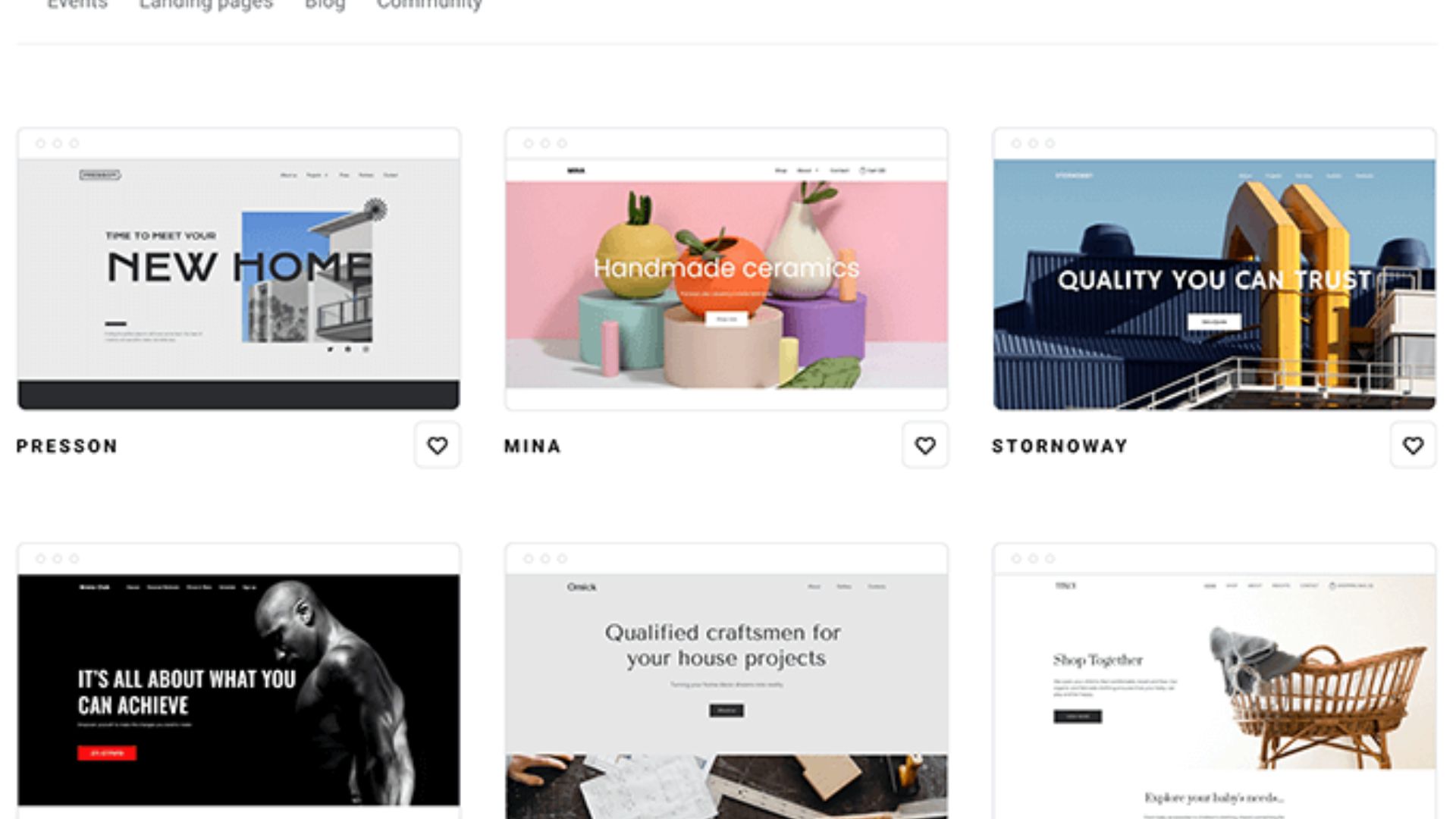Microcopy refers to the small snippets of text that are strategically placed throughout a website or application to guide users and enhance their experience. While often overlooked, microcopy plays a crucial role in web design and engaging user interactions. Here’s how:
- Clarity and Guidance: Microcopy provides clear instructions, prompts, and guidance to users, helping them understand how to navigate the website or perform specific actions. It eliminates confusion and ensures users know what to do next, leading to a more seamless and intuitive user experience.
- Humanizing the Experience: Thoughtfully crafted microcopy can infuse personality and human touch into a website, creating a more engaging and relatable experience. By using conversational language or adding a touch of humor, microcopy can help establish a connection with users and make the interactions feel more personal.
- Error Prevention and Recovery: Microcopy can play a significant role in preventing errors and guiding users in case they encounter issues. Error messages, validation prompts, or tooltips can provide users with immediate feedback and assistance, helping them rectify mistakes or find solutions without frustration.
- Encouraging Action and Conversion: Well-crafted microcopy can influence users to take desired actions or make conversions. By using persuasive language, clear value propositions, or compelling calls-to-action, microcopy can nudge users to click, sign up, subscribe, or make a purchase.
- Building Trust and Confidence: Microcopy can instill trust and confidence in users by providing relevant information, addressing concerns, or explaining processes. By proactively addressing potential doubts or objections, microcopy can help users feel more comfortable and secure in their decision-making process.
- Enhancing User Engagement: Microcopy can be used to encourage users to explore and engage with different parts of a website. By incorporating intriguing headings, captivating descriptions, or enticing snippets, microcopy can grab users’ attention and entice them to learn more or click deeper into the content.
- Microinteractions and Delightful Moments: Microcopy can add an element of delight to user interactions. By using clever and unexpected microcopy in moments of user engagement, such as loading screens, form submissions, or confirmation messages, designers can create memorable and enjoyable experiences for users.
- Accessibility and Inclusivity: Microcopy can contribute to a more accessible web experience by providing descriptive text for non-text elements like images or buttons. Screen readers and assistive technologies rely on informative microcopy to convey important information to users with visual impairments.
Microcopy should be concise, clear, and well-aligned with the overall design and tone of the website or application. It should be carefully tested and refined to ensure it effectively communicates the intended message and elicits the desired user response.
In conclusion, microcopy is a powerful tool in web design that enhances user interactions, improves clarity and guidance, and adds a human touch to the digital experience. By leveraging thoughtful microcopy, designers can create engaging and delightful user experiences that foster connection, trust, and conversion.










